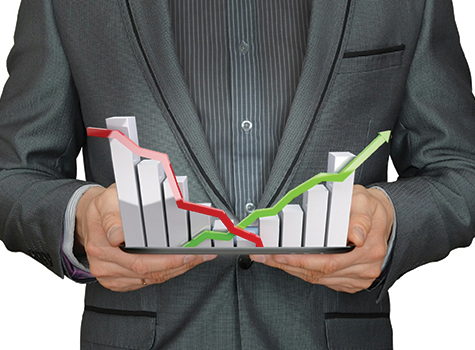By Ketu Desai

The Fed raised rates another 75 bps in September taking the Federal Funds rate above 3 percent. The current expectation is that the terminal rate settles between 4.5 percent and 5 percent. Most of the hiking cycle will be done by year-end. Headline inflation continues to be hot, with housing the largest contributor. Real-time measures and alternative data show that inflation is falling, and in some areas very hard. Inflation expectations are now anchored near historical averages. If the monthly increases continue at the pace they have for the past couple of months, CPI will be in the 2 percent range in the spring of next year. The Fed is at risk of overdoing this. As they say, monetary policy works with long and variable lags. We have had historic tightening this year. It is not just rates; it is the balance sheet wind down at a historic pace and the dollar strength. Levered long illiquid assets such as real estate and private business are areas where the lag in monetary policy is yet to be fully felt. The math looks challenging for many of these areas, and it is unclear what the impact will be on the broader economy.
George Soros said, “the worse a situation becomes, the less it takes to turn it around, and the greater the upside.” This quote feels relevant now. Hedge funds got burned during the GameStop saga in early 2021 and have been reluctant to put on risk ever since. Positioning by many measures is at levels last witnessed during the Great Financial Crisis (GFC). While the broader market has suffered in recent weeks, the internals show that we may be on the verge of hedge fund re-leveraging. Any piece of less bad news can spark this. We have seen small caps (IWM) outperform the S&P. We have seen weak balance sheets outperform strong balance sheets. High quality and high free cash underperform. Not what you would expect in this ugly market action.
For long-term investors, this is a time to think about what leadership will be for the next cycle. If you get the leadership right that goes a long way to generating outsized returns. For instance, prior to the GFC, if you correctly overweighed emerging markets, you would have had more than 200 percent of outperformance versus the S&P. Similarly, coming out of the GFC, if you correctly overweighed the Nasdaq 100 (QQQ), you would have double the performance of the S&P. It’s too early to tell what the new leadership will be. It is historically unlikely that we have the same leadership for back-to-back cycles. Much of the large cap tech universe trades well above a market multiple. Future returns will likely come from earnings growth with limited upside from multiple expansion. Some potential contenders for leadership include value stocks, such as energy, healthcare, financials, and industrials. According to AQR, the value spread versus growth is in the 98th percentile.
Perhaps when the dollar eases, emerging markets can re-take leadership, it is likely that many emerging markets are the leaders in economic growth over the next decade. On the innovation side, biotech and clean energy seem like they can reach exponential growth rates over the next decade. Both areas have been beat up as rates have rose. Now is the time to start giving more thought to what leadership will be, and to start scaling into it.
Looking ahead, the market will focus on earnings releases, economic data, and the latest in geopolitics.
Ketu Desai is the Principal of i-squared Wealth Management Inc. (www.isquaredwealth.com), an investment management firm based in New Jersey. [email protected]



